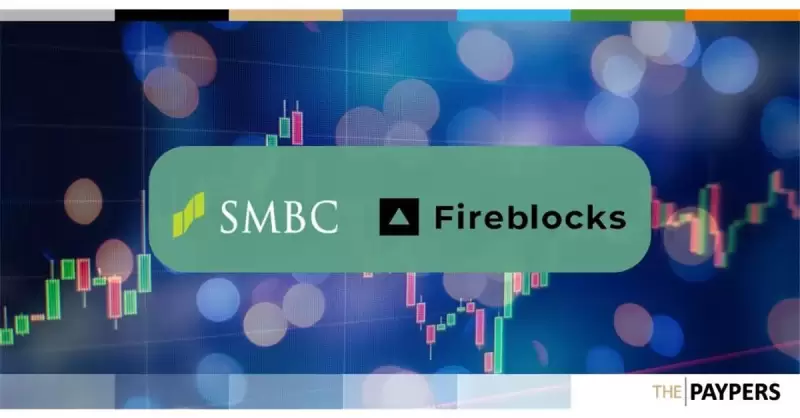 |
|
 |
|
 |
|
 |
|
 |
|
 |
|
 |
|
 |
|
 |
|
 |
|
 |
|
 |
|
 |
|
 |
|
 |
|
Cryptocurrency News Articles
Most Airdropped Tokens This Year Have Crashed, Study Shows
Sep 26, 2024 at 12:05 am
A new study from crypto market maker Keyrock shows 88% of tokens launched alongside airdrops this year have declined in price, with most crashing within 15 days.

A new study from crypto market maker Keyrock has found that 88% of tokens launched alongside airdrops this year have declined in price, with most crashing within 15 days.
“The majority of price movement occurs in the earliest days following the airdrop,” Keyrock said in its report. “After three months, few tokens manage to return a positive result, with only a handful bucking this trend.”
Airdrops are giveaways of valuable tokens distributed to early or frequent users of a DeFi protocol.
The phenomenon started as a way to reward users who contributed to a protocol’s early success. In recent years, they’re more often used as a way to drum up interest in a protocol and attract users.
Excitement surrounding airdrops reached a fever pitch in early 2024 as Bitcoin raced to an all-time high following the launch of spot Bitcoin exchange-traded funds. Most other cryptocurrencies went up in price too.
Despite the excitement, many airdropped tokens this year have been marred by poor price performance.
There have, however, been pockets of success.
What makes a successful airdrop?
Often the assumption is that the more of a token a projects airdrops, the worse it will perform on the open market.
It’s not hard to understand why. Airdrops can often reward lucky users with thousands of dollars of tokens. Many rush to cash out the windfall.
Add to that so-called Sybil attackers — buccaneering DeFi players who attempt to cash in by qualifying for airdrops multiple times — and the number of tokens sold can be substantial.
But this accepted wisdom isn’t borne out in the data.
“Contrary to popular belief, larger airdrops don’t always lead to dumps,” Keyrock said. “A token with 70% airdrop allocation saw positive gains, highlighting that FDV management is more important.”
FDV, or fully diluted valuation, represents the total market value of a cryptocurrency if all of its possible tokens were in circulation, including tokens yet to be unlocked or distributed.
Keyrock identifies two reasons airdrops of tokens with high FDVs have fallen flat.
Projects with inflated FDVs often struggle to sustain momentum as the perceived upside becomes limited. Additionally, tokens with large FDVs often lack the liquidity to support those valuations.
“Without sufficient liquidity, prices become highly sensitive to sell pressure,” Keyrock said.
Many projects have been criticised for launching tokens at inflated FDVs.
“Only short-term scalpers who see a low circulating supply as an opportunity for quick gains are buying these,” Marc Weinstein, a partner at crypto investment firm Mechanism Capital, previously told DL News.
Winners and losers
Keyrock’s study also identified the most and least successful airdrops.
Solana trading platform Drift came out on top. Key to its success, Keyrock said, was its modest launch value, and fair and thoughtful distribution. The DRIFT token currently trades at almost three times its launch value.
Other Solana-based airdrops also performed well.
Solana led in 2024 as the top chain for airdrops, even more so when adjusting for market conditions, Keyrock said, highlighting tokens like WEN and JUP as successes.
At the other extreme, ZkLend, a lending protocol and Ethereum layer 2 Starknet, was the worst performer per Keyrock’s analysis. Its ZEND token is down 95% from its launch price.
Keyrock blamed the ZkLend token’s poor performance on its high launch value and the project’s failure to build traction around its brand.
“ZkLend’s experience is a powerful reminder that while hype and airdrops can bring in users, they don’t inherently create value, utility, or sustainable communities,” Keyrock said.
But who doesn’t like free tokens?
Disclaimer:info@kdj.com
The information provided is not trading advice. kdj.com does not assume any responsibility for any investments made based on the information provided in this article. Cryptocurrencies are highly volatile and it is highly recommended that you invest with caution after thorough research!
If you believe that the content used on this website infringes your copyright, please contact us immediately (info@kdj.com) and we will delete it promptly.
-

-

- Ozak AI Stands Aside as a Project with Real-world Applications, Leveraging Artificial Intelligence to Convert Blockchain Technology
- Apr 03, 2025 at 07:05 pm
- Hype-driven tokens frequently dominate the market, attracting waves of speculative buyers chasing brief income. Meme coins, specifically, have built a popularity for explosive increase observed by similarly dramatic crashes, leaving many traders with widespread losses.
-

-

-

-

- Democratic Lawmakers Press the SEC to Investigate President Trump's Connections to World Liberty Financial
- Apr 03, 2025 at 06:55 pm
- Democratic lawmakers are pressing the Securities and Exchange Commission (SEC) for details about President Donald Trump's connections to cryptocurrency firm World Liberty
-

- TRON founder Justin Sun alleges that First Digital Trust (FDT) is “effectively insolvent” and unable to fulfill redemption requests.
- Apr 03, 2025 at 06:50 pm
- Sun’s statement follows reports that he intervened to support TrueUSD (TUSD) after it was revealed that $456 million of its reserves were illiquid.
-

- Collecto, the Web3 startup focused around offering fractional ownership of exclusive items such as modern art, luxury watches, etc., has successfully closed its €2.8 million seed-funding round.
- Apr 03, 2025 at 06:50 pm
- This seed funding round comprises of €2.3 million in equity financing, with rest of €500,000 being funded by Italy’s Ministry of Economic Development through its “Smart&Start Italia” program – which supports innovative startups.
-



























































